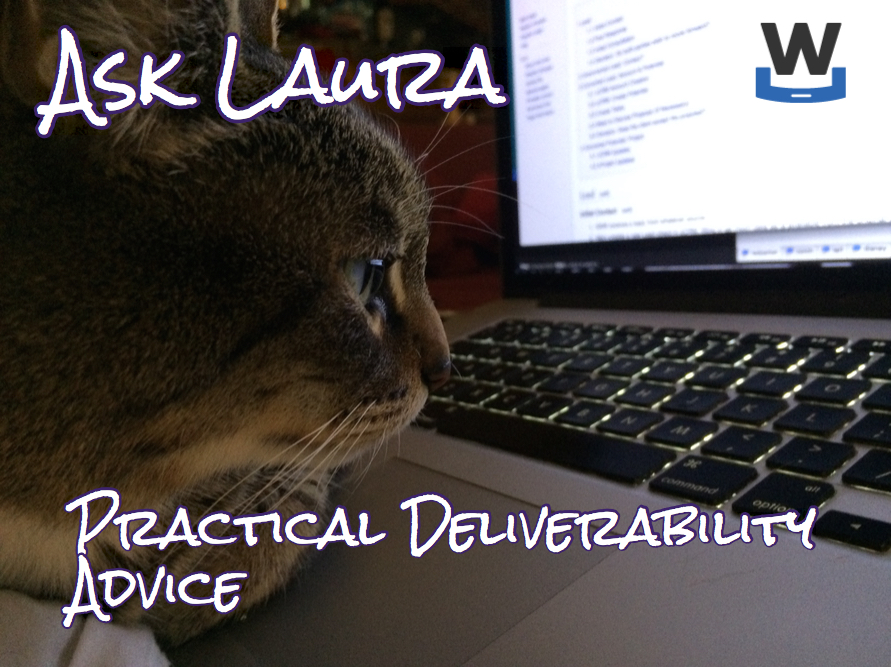Harvesting Addresses from LinkedIn
There seems to have been an uptick in the number of folks harvesting addresses from their LinkedIn contacts and adding them to mailing lists. I’ve been seeing this in my own mailbox. I’m getting added to different lists and because I used a tagged address I know these folks are harvesting from LinkedIn.
This behavior is really rude. Just because someone accepted your contact request on LinkedIn, doesn’t mean they want to be added to any mailing lists you may have. Let’s be honest, some people have hundreds or thousands of LinkedIn contacts. They’re not going to want to get mail from all of them.
This behavior risks your ESP account. I know of ESPs who have disconnected customers for importing all their LinkedIn contacts.
Of course, there are ways to effectively use your LinkedIn contacts. The short version is think about what you’re doing and how your mail will be received. Don’t grab all your contacts, be selective about who you choose. Have too many contacts to go through manually? That’s not an excuse, in fact, it’s an even bigger argument for not becoming a spammer.
I’ve previously written things you must consider when sending bulk mail to people who have connected with you on social networks.
- Not everyone will necessarily be happy to receive this mail from you. Consider how closely you are connected with the person. Ask yourself: Would this person appreciate a commercial email from me or my company? If you don’t know the person well enough, then it’s likely that the answer will be no. Put a little time and energy into making sure that your message is going to be wanted. If that means dropping people you’re not sure about off your contact list, then do it.
- Consider sending out personal mails, not importing the email addresses into your CRM system or sending them out through your ESP. Don’t make the message look like a mass mailing. This is a social network, make your contact actually social.
- Think about what YOU are bringing to the relationship with the recipient. Are you actually offering them any value? With the Christmas card I received the message was “Our company is wonderful! We love ourselves. And we think we’re so great we’re going to send out this card telling you how we’re not sending out Christmas cards this year!” In Al’s case the message was adding him to a mailing list. In both cases, neither of us cared. There was nothing in it for us.
- If you want to announce a product and or service use the tools provided by the social networking service. LinkedIn has InMail, which allows recipients to set their contact preferences and mail through their system.
- If recipients object to your email, arguing with them is never helpful. You’re not going to convince them the mail is wanted, you’re just going to convince them that you’re an unrepentant spammer. Apologize, learn from it, move on.
These aren’t hard and fast rules. But if you’re thinking about grabbing contact addresses off of LinkedIn think about who you’re mailing and why they might want the message.

